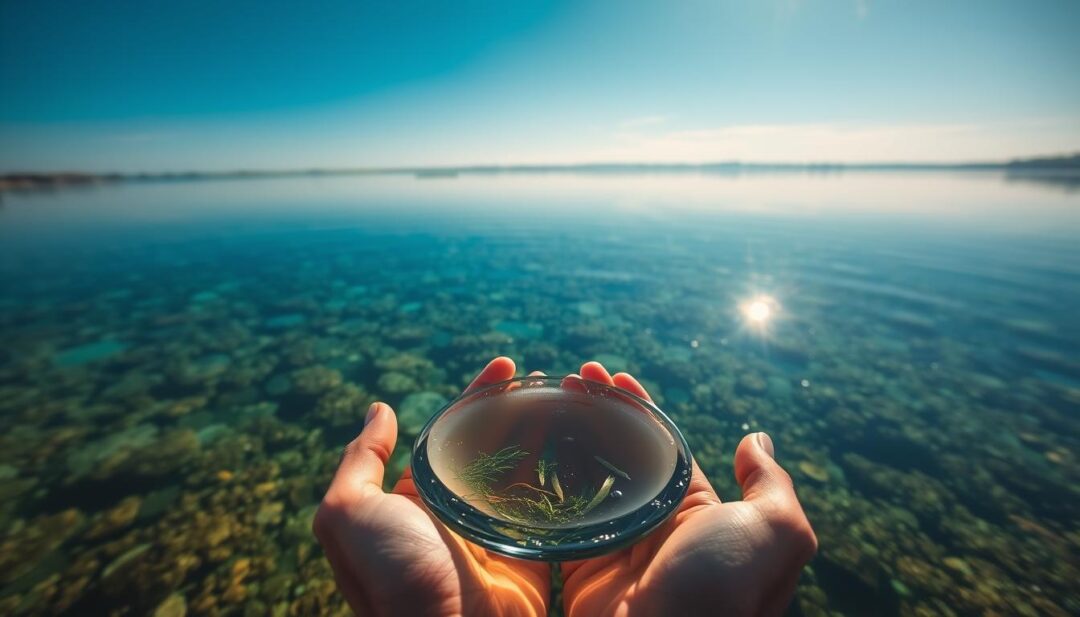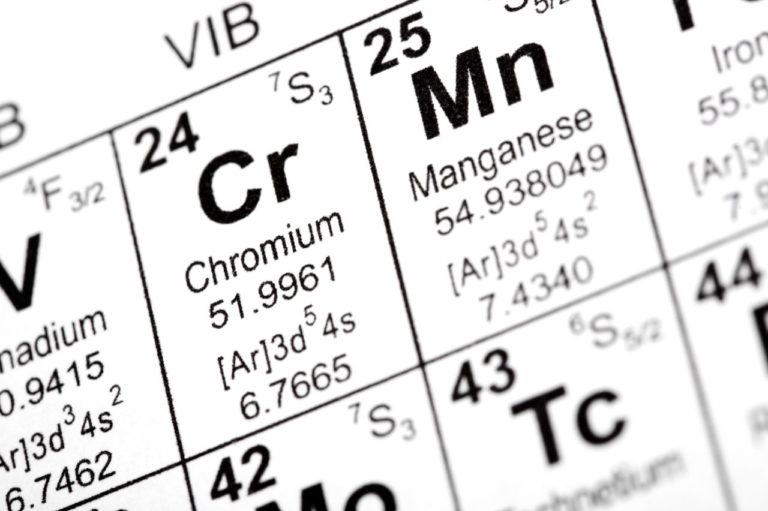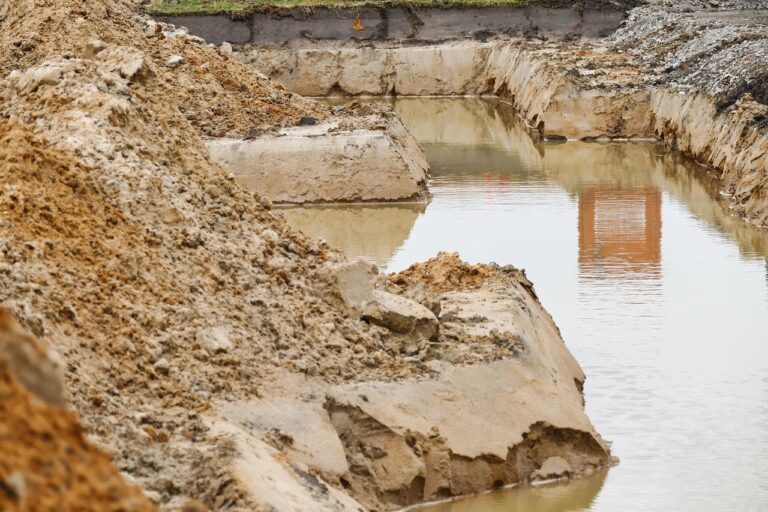Protect Our Source Water: Why It Matters
Can we afford to take our clean drinking water for granted? With the increasing threats to its quality, it’s crucial to understand the importance of maintaining our drinking water supply.
Protecting the quality of our drinking water is vital for public health. Various studies have highlighted the significance of source water protection in ensuring clean drinking water. By safeguarding our water quality, we can prevent contamination and maintain a healthy drinking water supply.
Key Takeaways
- Source water protection is crucial for maintaining clean drinking water.
- Water quality directly impacts public health.
- Effective protection measures can prevent water contamination.
- Ensuring a healthy drinking water supply is a collective responsibility.
- Protecting source water is essential for the well-being of communities.
The Lifeline of Our Communities
Source water, the lifeblood of our communities, requires careful management and protection. It is the foundation upon which our water supply is built, and its quality directly affects the health and well-being of our communities.
What Exactly is Source Water?
Source water refers to the water sources that supply drinking water to our communities. It includes both surface water, such as rivers, lakes, and reservoirs, and groundwater, which is stored beneath the Earth’s surface in aquifers. According to the Environmental Protection Agency (EPA), “source water protection is a critical component of ensuring the quality of our drinking water.”
Protecting these sources involves a comprehensive approach that includes watershed management and groundwater protection. Watershed management involves managing the land area that drains water into a particular waterbody, while groundwater protection focuses on preventing contamination of underground water sources.
The Journey from Source to Tap
The journey of water from its source to our taps involves several steps, including treatment, storage, and distribution. Effective source water assessment is crucial in identifying potential risks and implementing measures to mitigate them. As noted by water management experts, “a proactive approach to source water protection can significantly reduce treatment costs and enhance water quality.”
By understanding the journey of water and the importance of protecting its source, we can better appreciate the need for robust watershed management practices and groundwater protection strategies.
“The best way to ensure clean drinking water is to protect its source.”
The Critical Importance of Source Water Protection
The critical importance of source water protection lies in its role as the first line of defense against waterborne contaminants. Ensuring the quality of our source water is essential for maintaining public health and environmental sustainability.
Definition and Core Principles
Source water protection refers to the strategies and practices implemented to prevent the contamination of water sources, such as rivers, lakes, and groundwater. The core principles of source water protection include identifying potential sources of pollution, implementing measures to mitigate these risks, and monitoring water quality.
Effective source water protection involves a multi-faceted approach that includes both regulatory and voluntary measures. By understanding the core principles, communities can better safeguard their water resources.
The Regulatory Framework in the United States
The United States has a robust regulatory framework in place to guide source water protection. Key regulations include the Clean Water Act and the Safe Drinking Water Act, which provide the foundation for protecting our nation’s water resources.
These regulations empower regulatory agencies to set standards, monitor compliance, and enforce measures to prevent pollution. By leveraging these regulations, communities can ensure that their source water is protected from contamination.
The Growing Threats to Our Water Sources
Our nation’s water sources are facing unprecedented threats from various human activities. The quality of our source water is crucial for public health, economic stability, and environmental sustainability. However, it’s increasingly under threat from industrial contamination, agricultural runoff, and urban development impacts.
Industrial Contamination Concerns
Industrial activities are a significant source of water pollution. The release of chemicals and pollutants from industrial processes can have devastating effects on water quality.
Chemical Pollutants and Their Sources
Chemical pollutants from industrial sources include a wide range of substances, from heavy metals to complex organic compounds. These pollutants can enter water sources through various pathways, including direct discharge and accidental spills.
Legacy Contamination Issues
Legacy contamination refers to the long-term effects of past industrial activities on current water quality. Sites contaminated with hazardous substances continue to pose risks to water sources, requiring costly remediation efforts.
Agricultural Runoff Challenges
Agricultural activities are another major contributor to water pollution. The use of fertilizers, pesticides, and other agricultural chemicals can lead to significant runoff into water sources.
Fertilizer and Pesticide Impacts
Fertilizers and pesticides can enter water sources through runoff, posing risks to aquatic ecosystems and human health. Excess nutrients from fertilizers can lead to eutrophication, while pesticides can harm aquatic life.
Livestock Operation Effects
Livestock operations can also contribute to water pollution through manure and other waste products. Improper management of these operations can lead to significant environmental impacts.
Urban Development Impacts
Urban development is a growing threat to water quality. As urban areas expand, natural habitats are destroyed, and impervious surfaces increase, leading to greater runoff and pollution.
Impervious Surfaces and Runoff
Impervious surfaces such as roads and buildings prevent water from infiltrating the ground, leading to increased runoff and pollution in urban areas.
Aging Infrastructure Concerns
Aging infrastructure, including stormwater management systems and wastewater treatment plants, can also contribute to water pollution if not properly maintained or upgraded.
Why Clean Source Water Matters to Public Health
The importance of clean source water cannot be overstated, as it plays a vital role in preventing waterborne diseases. Ensuring that our source water is clean and safe is crucial for the health and well-being of communities across the United States.
Waterborne Disease Prevention
Clean source water is essential for preventing waterborne diseases. Contaminated water can harbor pathogens such as bacteria, viruses, and parasites that can cause a range of illnesses, from mild gastrointestinal issues to life-threatening conditions. Some of the most common waterborne diseases include:
- Cryptosporidiosis
- Giardiasis
- Norovirus infection
- Salmonellosis
Effective source water protection measures can significantly reduce the risk of these diseases, ensuring that communities have access to safe drinking water.

Long-term Health Implications of Contamination
Beyond the immediate risk of waterborne diseases, contaminated source water can also have long-term health implications. Exposure to certain contaminants over time can lead to chronic health issues, including:
- Cancer
- Neurological damage
- Reproductive problems
Protecting source water from contamination is critical to preventing these long-term health effects and ensuring the overall health of the population.
The Economic Case for Source Water Protection
Protecting source water is not just an environmental issue, but also an economic imperative. Clean source water is crucial for various sectors, including drinking water supply, agriculture, and industry.
Treatment Cost Reduction
One of the significant economic benefits of source water protection is the reduction in water treatment costs. When source water is clean, less money is spent on treating it to make it potable. According to the U.S. Environmental Protection Agency (EPA), every dollar invested in watershed protection can save up to $100 in water treatment costs.
- Reduced chemical usage
- Lower maintenance costs for treatment plants
- Less energy required for treatment processes
Property Value Preservation
Source water protection also plays a role in preserving property values. Clean water bodies and well-managed watersheds can enhance the aesthetic appeal of an area, making it more desirable to live in. This, in turn, can increase property values.
- Enhanced recreational opportunities
- Aesthetic appeal
- Potential for increased local business
Economic Benefits for Communities
Beyond treatment cost reduction and property value preservation, source water protection provides broader economic benefits for communities. It supports local economies through sustainable practices and tourism.
- Job creation in conservation and tourism
- Support for local businesses
- Promotion of sustainable practices
Environmental Benefits Beyond Human Use
Effective surface water management is essential for preserving ecosystem health and promoting climate resilience. Protecting source water has far-reaching benefits that extend beyond human use, supporting a wide range of ecological and environmental functions.
Ecosystem Health and Biodiversity
Healthy source water bodies are crucial for maintaining ecosystem health and biodiversity. They provide habitats for numerous aquatic and terrestrial species, support complex food webs, and contribute to the overall ecological balance. For instance, wetlands and river systems are not only vital for water quality but also serve as breeding grounds for many species of fish and birds.

Climate Resilience Connections
Source water protection also plays a significant role in enhancing climate resilience. Well-managed watersheds can mitigate the impacts of extreme weather events such as floods and droughts. By maintaining healthy watersheds, communities can improve their ability to adapt to climate change, ensuring that water resources remain available and sustainable over time.
Furthermore, protecting and restoring natural habitats within watersheds can help sequester carbon, reduce the risk of water scarcity, and support biodiversity. This holistic approach to surface water management not only benefits the environment but also contributes to the long-term sustainability of water resources.
Watershed Management: A Holistic Approach
Effective watershed management requires a holistic approach that considers the intricate dynamics within a watershed. This comprehensive strategy is crucial for maintaining the health and sustainability of our source water.
Understanding Watershed Dynamics
Watershed dynamics involve the complex interactions between land use, water flow, and biological processes within a watershed. Understanding these dynamics is essential for identifying potential threats to source water and developing targeted management strategies.
- Land use practices affect water quality and quantity.
- Water flow patterns influence erosion and sediment transport.
- Biological processes, such as nutrient cycling, impact water health.
Collaborative Management Strategies
Collaborative management strategies bring together various stakeholders, including local communities, government agencies, and private organizations, to coordinate watershed management efforts.
- Stakeholder engagement fosters a sense of ownership and responsibility.
- Coordinated management plans ensure consistent and effective actions.
- Partnerships facilitate the sharing of resources and expertise.
Monitoring and Assessment Tools
Monitoring and assessment tools are critical for evaluating the effectiveness of watershed management strategies and identifying areas for improvement.
- Water quality monitoring detects changes in water health.
- Hydrological monitoring assesses water quantity and flow patterns.
- Ecological assessments evaluate the health of aquatic ecosystems.
Best Practices in Source Water Protection
Effective source water protection requires a multi-faceted approach that incorporates various best practices. By adopting a combination of strategies, communities can significantly reduce the risk of contamination and ensure a safe and reliable water supply.
Agricultural Conservation Techniques
Agricultural activities can have a substantial impact on source water quality. Implementing conservation techniques is essential to mitigate this risk.
Buffer Zones and Cover Crops
Creating buffer zones along waterways and using cover crops can help reduce agricultural runoff. These practices help absorb nutrients and sediments, preventing them from entering water sources.
Precision Agriculture Methods
Precision agriculture involves using advanced technology to optimize crop yields and reduce waste. This approach can minimize the use of fertilizers and pesticides, thereby decreasing the potential for water contamination.
Urban Stormwater Management
Urban development leads to increased stormwater runoff, which can carry pollutants into source water. Effective management strategies are crucial to mitigate this issue.
Green Infrastructure Solutions
Green infrastructure, such as rain gardens and green roofs, can help manage stormwater by allowing it to infiltrate the ground rather than running off into waterways.
Low Impact Development
Low Impact Development (LID) practices aim to maintain the natural hydrological characteristics of a site during development. LID techniques, including permeable pavements, help reduce stormwater runoff.
Industrial Pollution Prevention
Industrial activities can be a significant source of water pollution if not managed properly. Implementing pollution prevention measures is vital.
Pretreatment Requirements
Industries are required to pretreat their wastewater before discharging it into municipal sewer systems. This helps remove harmful pollutants that could otherwise contaminate source water.
Technological Innovations
Advancements in technology have led to more effective wastewater treatment and pollution prevention methods. Industries can adopt these innovations to minimize their environmental footprint.
Success Stories: Communities Leading the Way
Communities across the United States are pioneering innovative approaches to protect their source water. These success stories serve as models for other regions facing similar challenges.
New York City’s Watershed Protection Program
New York City’s watershed protection program is a renowned example of effective source water protection. By investing in watershed management, the city was able to avoid building a costly water filtration plant. This approach not only saved billions of dollars but also preserved the natural beauty of the watershed areas.
Iowa’s Collaborative Watershed Approach
Iowa has adopted a collaborative watershed approach, bringing together farmers, local communities, and government agencies to protect its water resources. This cooperative strategy has led to significant reductions in agricultural runoff and improvements in water quality.
Oregon’s Forest Management Innovations
Oregon has been at the forefront of forest management innovations, implementing practices that protect source water while maintaining healthy forests. The state’s approach includes thinning forests to reduce the risk of wildfires and promoting sustainable logging practices.
| Community | Protection Strategy | Outcome |
|---|---|---|
| New York City | Watershed Protection Program | Avoided costly filtration plant |
| Iowa | Collaborative Watershed Approach | Reduced agricultural runoff |
| Oregon | Forest Management Innovations | Protected source water, reduced wildfire risk |
Taking Action: What You Can Do
The journey to safeguarding our water sources begins with understanding the simple yet effective actions we can take daily. Protecting source water is a multifaceted effort that involves individual responsibility, community participation, and advocacy for robust policies.
Individual Actions for Source Water Protection
Individuals can make a significant impact by adopting practices that reduce pollution and conserve water. Simple actions include using eco-friendly household products, properly disposing of hazardous waste, and conserving water to reduce the burden on treatment plants. Additionally, supporting local businesses that adhere to sustainable practices can promote a culture of environmental stewardship.
Community Engagement Opportunities
Community engagement is crucial for effective source water protection. Individuals can participate in local watershed management initiatives, join community clean-up events, or engage in educational programs to raise awareness about the importance of source water protection. By working together, communities can develop comprehensive strategies to safeguard their water resources.
Advocating for Stronger Policies
Advocacy for stronger policies is essential to ensure that source water protection is prioritized at all levels of government. Individuals can influence policy by staying informed about water issues, contacting their representatives, and supporting legislation that promotes water conservation and pollution prevention. Collective advocacy efforts can lead to significant positive changes in how source water is managed and protected.
Conclusion: Securing Our Water Future
Securing our water future is a collective responsibility that demands continued efforts in source water protection. As discussed, the journey from source to tap involves multiple stakeholders and requires a holistic approach to watershed management.
By understanding the importance of source water protection and implementing best practices, we can mitigate the growing threats to our water sources, including industrial contamination, agricultural runoff, and urban development impacts.
Communities across the United States, such as New York City and Iowa, are leading the way in source water protection, demonstrating the effectiveness of collaborative management strategies and innovative approaches.
As individuals, we can contribute to securing our water future by adopting environmentally friendly practices, engaging with our communities, and advocating for stronger policies that protect our source water.
Together, we can ensure a safe and sustainable water supply for future generations by prioritizing source water protection and securing our water resources.






